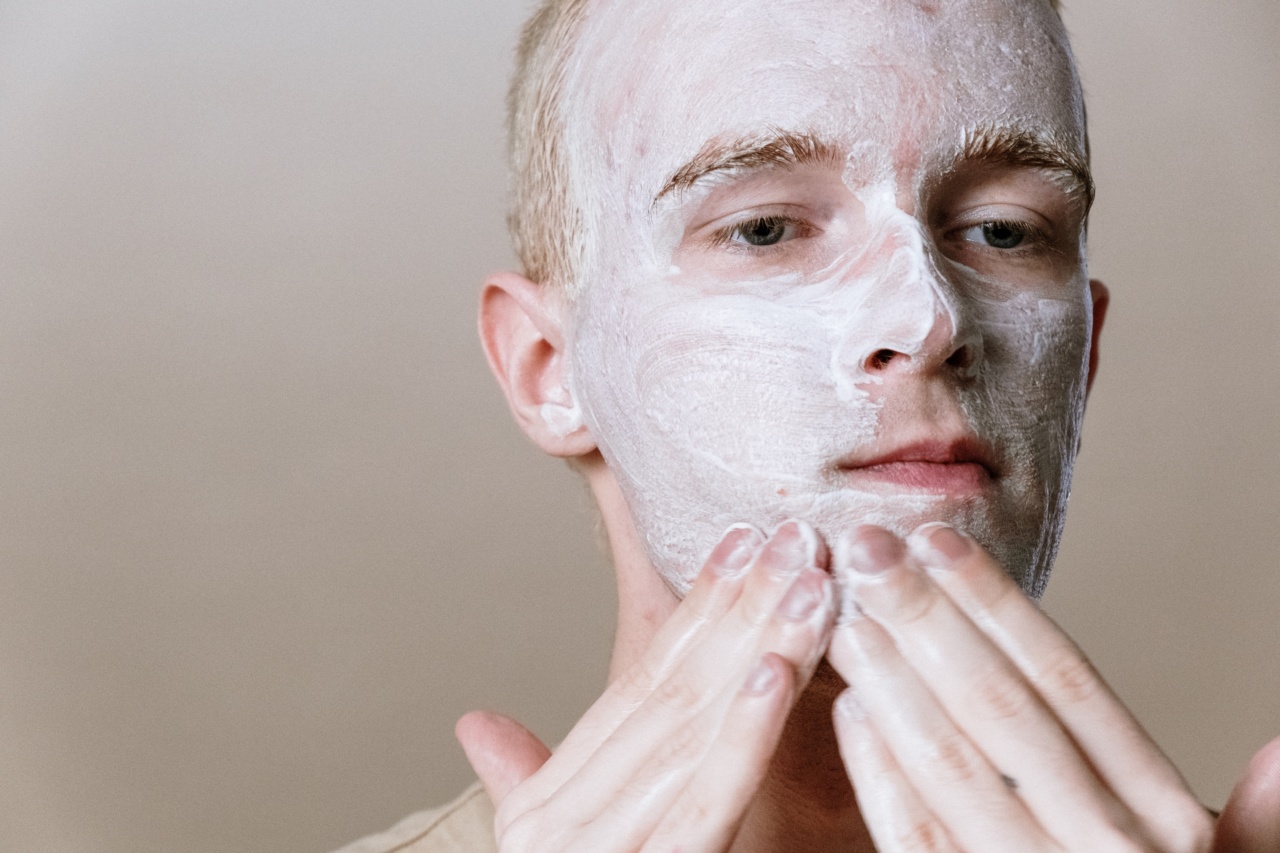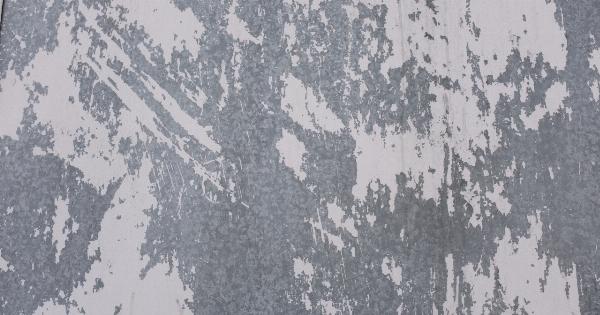Dealing with acne can be a frustrating and challenging experience. But even after the blemishes clear up, you may be left with acne marks that can make you self-conscious.
These lingering marks, also known as post-inflammatory hyperpigmentation (PIH), can take a toll on your self-esteem and feel like a constant reminder of past breakouts. However, there are steps you can take to fade and banish these acne marks, allowing your skin to regain its natural glow. In this article, we will explore various techniques and treatments to help you achieve clear and blemish-free skin once again.
1. Maintain a Consistent Skincare Routine
Building and sticking to a consistent skincare routine is crucial in banishing acne marks. Start with a gentle cleanser to remove excess oil, dirt, and bacteria from the surface of your skin.
Look for cleansers that contain salicylic acid or benzoyl peroxide, as these ingredients can help treat existing acne and prevent new breakouts. Follow up with an alcohol-free toner to balance the pH level of your skin and prepare it for the next steps.
Next, use a targeted treatment such as a spot treatment or serum that contains ingredients like retinol, vitamin C, or niacinamide. These ingredients are known for their ability to fade acne marks and even out skin tone.
Additionally, incorporating a moisturizer into your routine is essential to keep your skin hydrated and prevent dryness, which can exacerbate the appearance of acne marks.
2. Protect Your Skin from the Sun
Exposing your skin to the sun without protection can worsen the appearance of acne marks. The harmful UV rays can darken and intensify the pigmentation, making the marks more noticeable.
To prevent this, always apply a broad-spectrum sunscreen with an SPF of 30 or higher before going outside. Choose a sunscreen specifically formulated for the face, as these are often lightweight and non-comedogenic, meaning they won’t clog your pores or cause breakouts.
Wearing a wide-brimmed hat and seeking shade during peak sun hours can provide additional protection for your skin. Remember, consistency is key when it comes to sun protection.
Make it a habit to apply sunscreen every day, even on cloudy days or during winter months.
3. Incorporate Chemical Exfoliation into Your Routine
Chemical exfoliation can be highly effective in fading acne marks and promoting cell turnover.
Products containing alpha hydroxy acids (AHAs) or beta hydroxy acids (BHAs) can gently exfoliate the surface of your skin, removing dead skin cells and encouraging the growth of new, healthy cells. AHAs, such as glycolic acid and lactic acid, are water-soluble and work best for surface-level exfoliation. BHAs, such as salicylic acid, are oil-soluble and penetrate deeper into the pores, making them ideal for treating acne.
When incorporating chemical exfoliation into your routine, start slowly and gradually increase frequency to avoid irritation. Begin with using an exfoliating product once or twice a week and assess how your skin responds.
Over time, you can increase usage to every other day or daily, depending on your skin’s tolerance.
4. Try Natural Remedies
Several natural remedies have been found to be effective in fading acne marks. These remedies harness the power of natural ingredients to promote skin healing and reduce hyperpigmentation. Here are a few remedies you can try:.
Aloe Vera:
Aloe vera gel has soothing and anti-inflammatory properties that can help fade acne marks over time. Apply a thin layer of pure aloe vera gel onto the affected areas and leave it on for 15-20 minutes before rinsing off with water.
Lemon Juice:
Lemon juice contains citric acid, which acts as a natural bleaching agent and can lighten acne marks. Mix equal parts fresh lemon juice and water, then apply the mixture to your face using a cotton ball.
Leave it on for 10-15 minutes before rinsing off with water. Note that lemon juice may cause skin irritation, so it’s important to do a patch test and dilute it if necessary.
Raw Honey:
Raw honey has antimicrobial and anti-inflammatory properties that can help fade acne marks and promote skin healing. Apply a thin layer of raw honey onto the affected areas and leave it on for 15-20 minutes before rinsing off with water.
Remember to always patch test natural remedies on a small area of your skin before applying them to your entire face. Results may vary, and it’s important to discontinue use if you experience any adverse reactions.
5. Consider Dermatological Treatments
If home remedies and over-the-counter products don’t yield satisfactory results, consulting a dermatologist can provide you with additional options to banish acne marks. A dermatologist may recommend one or more of the following treatments:.
Prescription Retinoids:
Prescription-strength retinoids, such as tretinoin or adapalene, can effectively fade acne marks and promote skin cell turnover. These retinoids are more potent than over-the-counter options and require a prescription from a healthcare professional.
Chemical Peels:
In a chemical peel, a solution containing acids like glycolic acid, salicylic acid, or trichloroacetic acid is applied to the skin to exfoliate the outer layer and reveal fresher, smoother skin underneath.
This treatment can effectively improve the appearance of acne marks.
Laser Therapy:
Laser therapy uses targeted beams of light to remove the outer layers of skin and stimulate collagen production. This can help fade acne marks and improve overall skin texture and tone.
Microneedling:
Microneedling involves using a device with fine needles to create tiny punctures in the skin, stimulating collagen production and promoting skin rejuvenation. This treatment can be effective in reducing the appearance of acne marks.
It’s important to consult a dermatologist to determine the most suitable treatment for your individual case. They will consider your skin type, severity of acne marks, and medical history before recommending any specific treatment.
6. Be Patient and Consistent
When aiming to banish acne marks, it’s essential to remember that results take time. Fading acne marks is a gradual process, and it requires patience and consistency.
Stick to your chosen skincare routine and treatment plan, giving it enough time to show results. It’s common for it to take several weeks or even months before you notice significant improvements.
Additionally, be mindful of your overall skincare habits and lifestyle choices. Getting enough sleep, managing stress levels, eating a balanced diet, and staying hydrated can all contribute to healthier skin and expedite the healing process.
Conclusion
Acne marks may be a reminder of past breakouts, but they don’t have to be a permanent fixture on your face.
By maintaining a consistent skincare routine, protecting your skin from the sun, incorporating chemical exfoliation, trying natural remedies, considering dermatological treatments, and being patient, you can banish lingering acne marks and achieve a clear, radiant complexion. Remember, everyone’s skin is unique, so it’s crucial to find a skincare approach that works best for you. Consult with a dermatologist for personalized advice and guidance on your journey to blemish-free skin.































